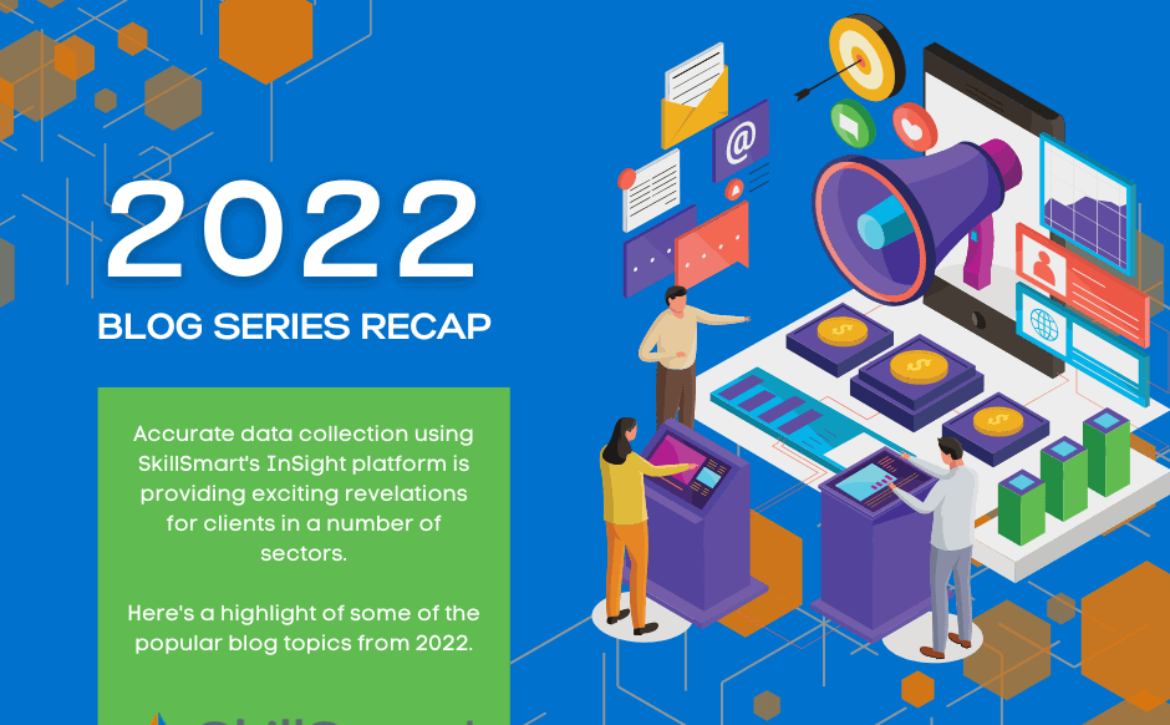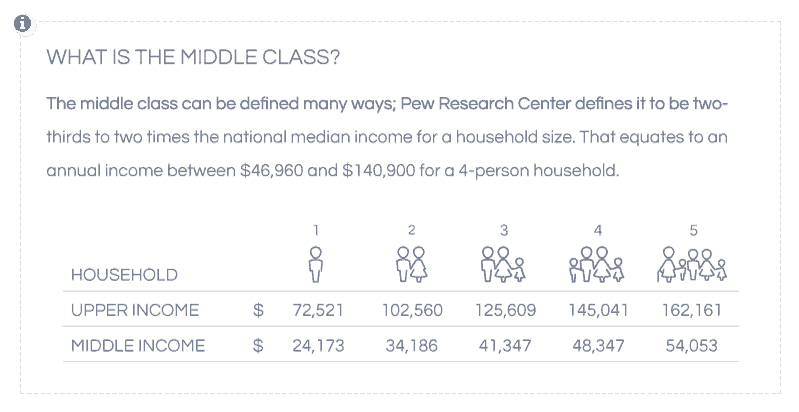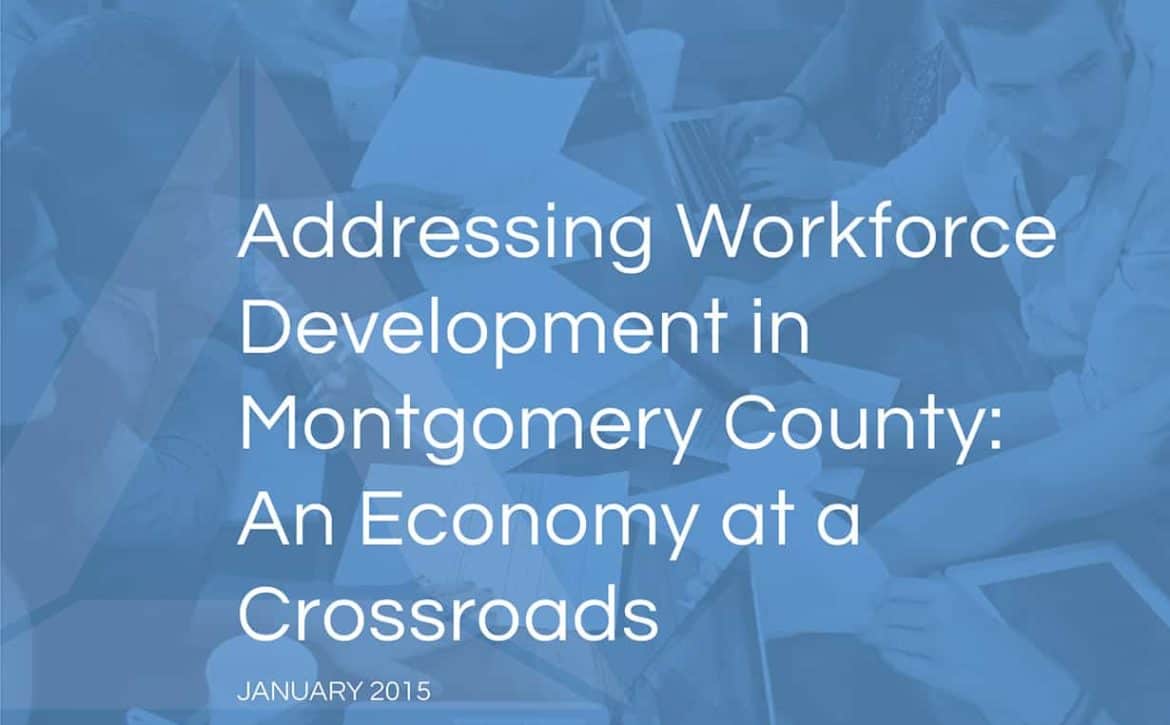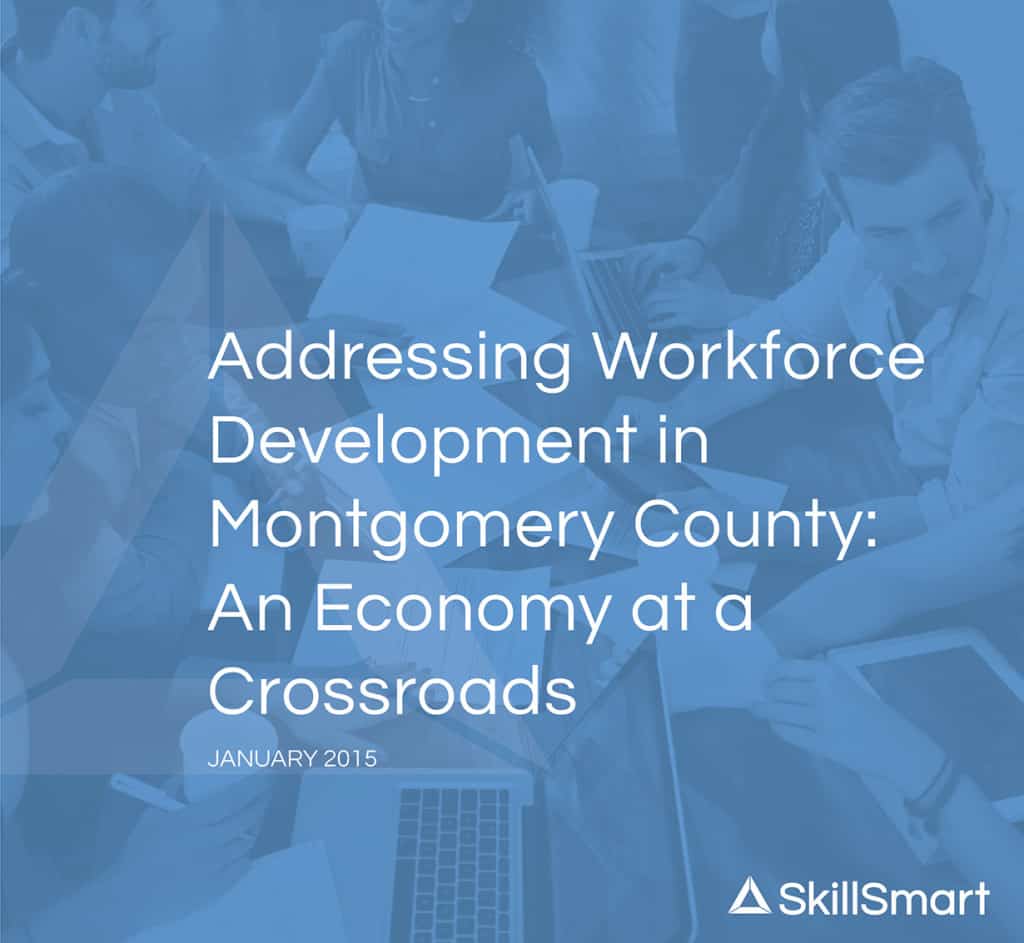2022 Blog Recap: Exciting Revelations in Data Collection + Reporting
At SkillSmart, we know that your data is an asset that can develop trust and confidence. Data that is easily captured on a daily basis and formally structured is vital to making business decisions while bringing transparency to each project and helping present the positive impact it is having.
As we have shared throughout 2022 in our blog posts, our technology platform offers companies, communities, and project teams a level of data accuracy and transparency while encouraging collaboration and the ability to show positive economic impact throughout all aspects of a project.
Here are the series that have been the most popular topics throughout the past year. These posts have not only educated many different sectors on how the correct collection of data can benefit all organizations working towards a common goal but the data, collected through the SkillSmart platform, has brought forth exciting revelations for companies in education, capital infrastructure, local and state governments, construction, airports, mixed-use development, healthcare and others.
Infrastructure Investment and Jobs Act (IIJA)
https://www.skillsmart.us/7-things-to-know-about-iija/
Top Questions to Ask When Researching Construction Technology
Industry Focus: Wage Theft
https://www.skillsmart.us/is-wage-theft-more-prevalent-in-the-construction-industry/
https://www.skillsmart.us/wage-theft-what-to-look-for-and-what-to-do-when-you-see-something/
2022 Client and Project Spotlights:
https://www.skillsmart.us/amplifying-construction-dei-strategies-using-technology/
In September, SkillSmart launched a monthly blog post that places a spotlight on topics that demonstrate how working together and using the right technology organizations can make people, communities, and businesses stronger. The last four months of 2022 brought these thought-provoking posts:
The InSight Minute
https://www.skillsmart.us/the-insight-minute-labor-day-reflections/
https://www.skillsmart.us/the-insight-minute-wage-theft/
https://www.skillsmart.us/the-insight-minute-strengthening-communities-by-making-a-bigger-pie/
https://www.skillsmart.us/the-insight-minute-data-insights-action/
Have a question or want to set up a demo to see how our software is working to provide data, insights, and action for companies across the country?
Find out more here: https://www.skillsmart.us/insight-demo/
Learn More
















